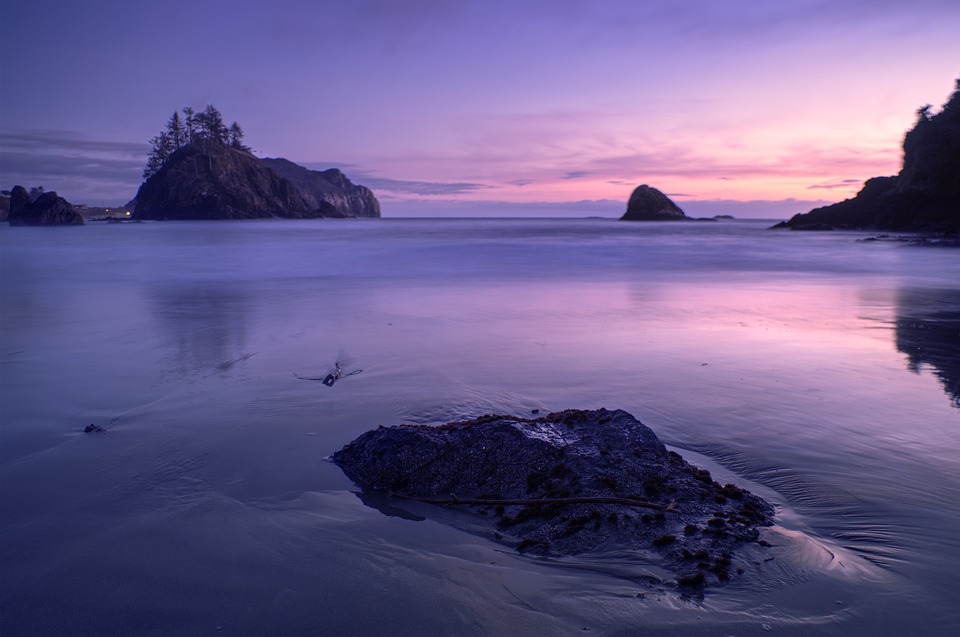The Unforgiving Arctic: Navigating the Perils of the Northwest Passage
The Northwest Passage is a treacherous route through the Arctic that connects the Atlantic and Pacific Oceans. Its icy waters and unpredictable weather have long posed a challenge to sailors and navigators attempting to traverse this remote and inhospitable region. Despite advances in technology and shipping routes, the Northwest Passage remains an unforgiving and dangerous path for those brave enough to attempt it.
The History of the Northwest Passage
The Northwest Passage has been sought after for centuries as a potential shortcut between Europe and Asia. European explorers like John Cabot and Martin Frobisher attempted to find a viable route through the Arctic in the 16th century, but it wasn’t until the 19th century that the passage was successfully navigated by Sir Robert McClure and Richard Collinson. Even then, the route was not consistently passable due to shifting ice and difficult conditions.
During the 20th century, interest in the Northwest Passage waned as traditional shipping routes through the Panama and Suez Canals became more practical. However, with the onset of climate change and the melting of Arctic ice, the Northwest Passage has once again become a tantalizing option for shipping companies and explorers looking to save time and money by cutting through the Arctic.
The Perils of the Passage
Despite the allure of a shorter shipping route, the Northwest Passage remains a dangerous and challenging path to navigate. The region is characterized by extreme cold, unpredictable weather, and shifting ice floes that can trap ships and leave them stranded for weeks or even months. The remoteness of the Arctic also poses a logistical challenge, as help can be days or even weeks away in the event of an emergency.
In addition to the natural hazards of the Arctic, there are also political considerations that must be taken into account when attempting to navigate the Northwest Passage. The region is claimed by multiple countries, including Canada, the United States, Russia, and Denmark, leading to complex legal and territorial disputes that can complicate navigation and require careful diplomacy to navigate successfully.
Technological Advances and Modern Navigation
Despite the challenges of the Northwest Passage, modern technology has made it easier for ships to navigate the route safely. Icebreakers equipped with advanced radar and satellite imaging can help clear a path through the ice, while GPS technology allows for precise navigation through the treacherous waters of the Arctic.
Ships attempting to traverse the Northwest Passage must also take precautions to ensure their safety, such as carrying extra supplies, hiring experienced ice pilots, and monitoring weather conditions closely. Some shipping companies have even begun to invest in specialized ice-strengthened vessels designed specifically for navigating the Arctic, further reducing the risks associated with the passage.
The Future of the Northwest Passage
As climate change continues to melt Arctic ice at an alarming rate, the Northwest Passage is likely to become more accessible in the coming years. This presents both opportunities and challenges for the region, as increased shipping traffic could bring economic benefits but also environmental risks such as oil spills and pollution.
It is crucial that all stakeholders in the Northwest Passage, including governments, shipping companies, and environmental organizations, work together to ensure that the region is navigated safely and sustainably. This will require careful planning, cooperation, and a commitment to preserving the fragile ecosystem of the Arctic for future generations.
In conclusion, the Northwest Passage is a symbol of both the untamed beauty and the unforgiving nature of the Arctic. Navigating this treacherous route requires skill, preparation, and a healthy respect for the power of nature. As technology advances and the region becomes more accessible, it is more important than ever to ensure that the Northwest Passage is navigated responsibly and in harmony with the fragile ecosystem of the Arctic.
